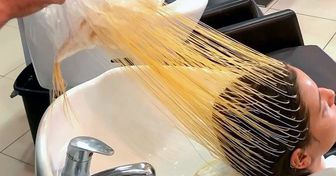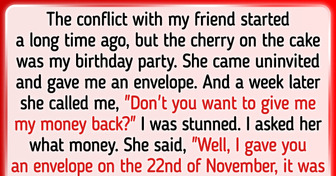18 Women Who Weren’t Afraid of Radically Changing Their Hair and Now Look as Stunning as Ever

To perform our daily tasks, we make use of many objects. We brush our teeth, type on our computer, shop, stock the freezer, have ice cream, and the list extends and forks as long as our daily routines. The truth is that for all this, we need to make use of different things. But do we use them well, or is it that in the rush of the daily hustle and bustle, we miss details without realizing their true potential?
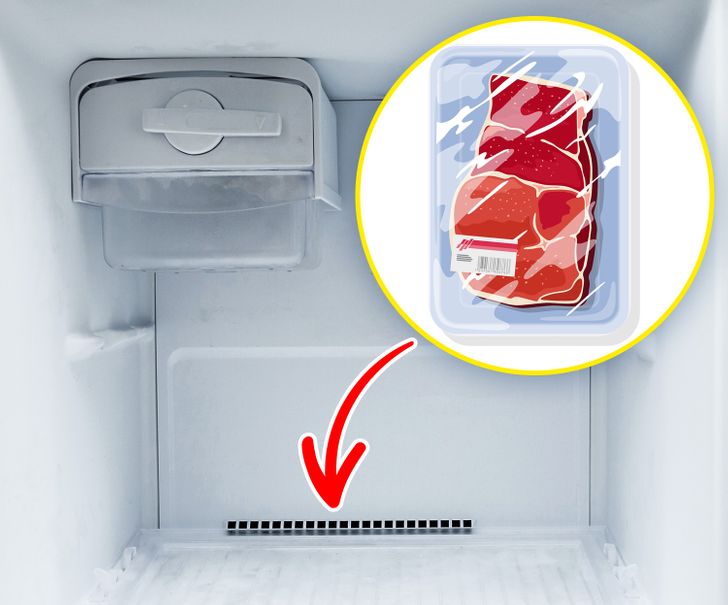
The slots in the freezer are not there just to make it a little harder to get it clean; their purpose is to help us save space by vertically aligning trays of frozen food.
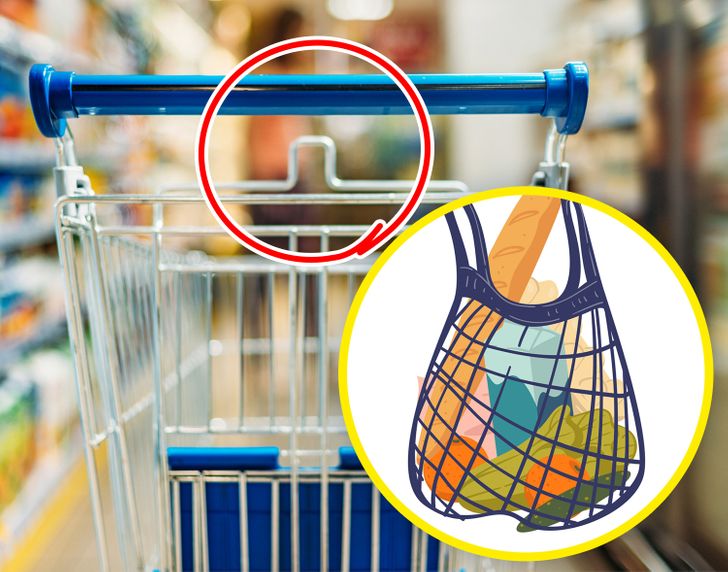
These handles, which are generally found on carts with a basket where children can sit, are used to hang bags containing fragile foods, such as eggs, bread, or milk. After all, they could get crushed or damaged if they’re piled up among other products.
We all know that soda cans have a bottle opener that makes them easy to open. But perhaps few people are aware that in the hole, in the middle of the flange, it is possible to insert a straw in such a way that it’s well-fastened and comfortable to sip.
Few may be aware of all the information about the fruit provided by the numbers found on the labels, which are called the “PLU Code.” The 4 or 5-digit numbers identify the product, indicate size, and how it was grown. For example, a 4-digit number means that the fruit was conventionally grown, or that it was most likely sprayed with pesticides. If it has 5 digits and the first digit is an 8, it was genetically modified, and if it has 5 digits and the first digit is 9, the fruit was grown organically.
In the past, it was customary to leave a space at the edges of the pages to protect the written information from rodent bites. The margins were left clear because it was there, and not in the center of the page, that mice were most likely to nibble. The red line warned about the point beyond which writing was no longer safe. Today, that convention has remained, and teachers are likely to write notes or clarifications for their students there, without thinking that their comments will be nibbled on.
Many toothbrushes, especially children’s toothbrushes, have a section at the tip or in the center that is distinctly different from the rest of the bristles. Most people think that these color changes are decorative markings; however, they are toothpaste indicators. In other words, it is on the colored bristles, and not on the entire brush, that the toothpaste needs to be placed.
And there is another function that is also not very well-known: in addition to indicating the amount of toothpaste, some toothbrushes alert us about when it’s necessary to change them. Although it is recommended to do so every 2 or 3 months, often more time passes and we forget this recommendation. To warn us that the brush is worn out, there are colors to notice. When they turn white, it’s time to buy a new brush.
When manual typewriters were invented, the keys were arranged alphabetically and everything was easier. But, apparently, this facility caused typists to type too fast and the metal “arms” of the keys to jam. To prevent this from happening, keyboard manufacturers changed the order of the letters and placed the most common letters in hard-to-reach places in order to slow down typing, thus ensuring the smooth operation of the machine. This random arrangement later became standard.
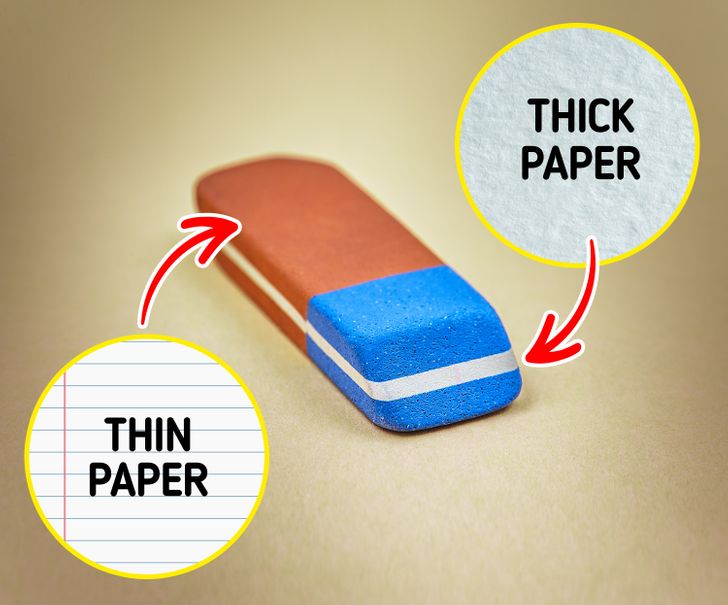
We always thought that the blue part erased ink and the red part erased pencil. But if this was so, why was it that every time we used it to erase something in our notebook, the page ended up with a hole in it? Well, apparently, it was always a big misunderstanding. The difference in color points to a difference in paper type.
The blue part is for thick and rough papers, generally those used in artwork, while the red part is for the thin sheets typical of school folders and notebooks. As to whether they are suitable for pencil or pen, both sides are suitable for both.
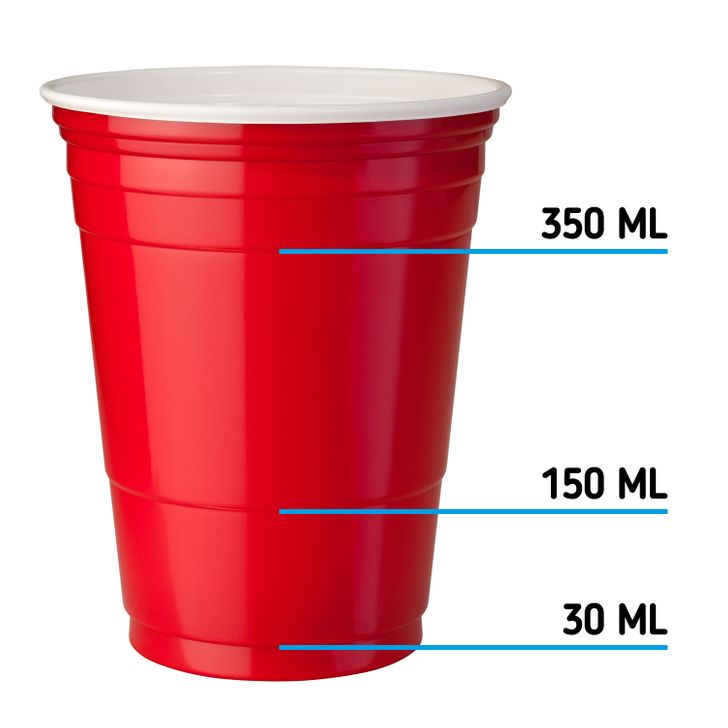
Red plastic cups are usually the star of the holidays. And the lines we see on them are also related to these festivities. They are not part of the design, nor do they serve to grip them better, contrary to what we might believe. These lines are measurements. They indicate the amount to be served according to what you are drinking, the daily amount of juice for kids, and even portions of mouthwash.
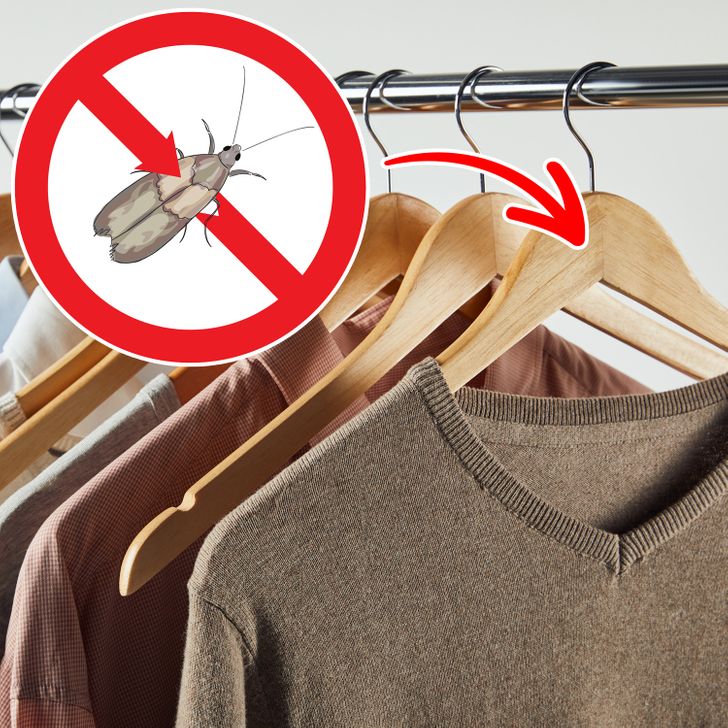
In addition to being more durable and resistant than plastic, wire, or stainless steel, the cedar wood from which some hangers are made naturally repels bugs, such as insects and moths. These hangers are especially useful when storing clothes for months at a time, especially heavy garments, such as coats, jackets, and dresses.
In addition, the scent of cedar combats the musty odor that can accumulate in clothes that are stored in the closet for months at a time.
The handle of the McFlurry is square and hollow, and for this reason, many believe that the spoon can be used as a straw. But when sucking on it, one quickly realizes that the mixture is too thick and discards this supposed functionality. So what’s the real reason for this square shape?
The spoon is actually the instrument used to prepare the ice cream, and it is designed to fit right into the machine that mixes the ingredients inside each cup. When the process is finished, the mixing handle slides out of the mixer and is ready to be used as a spoon by the customer.
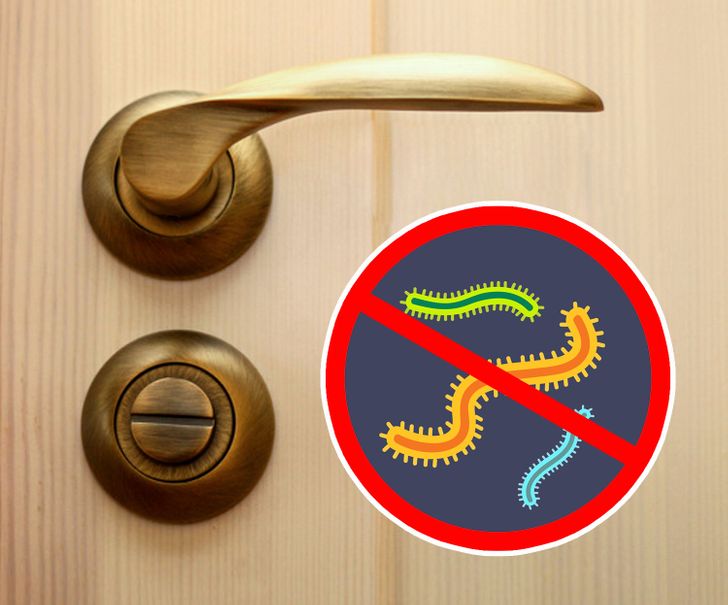
Copper has antibacterial properties, so it’s logical that it’s used for the knobs of buildings, schools, and hospitals since, due to all the people who pass through them, they are great carriers and transmitters of germs.
However, while it is true that copper-based knobs transmit fewer germs than those made of glass, plastic, or steel, the sweat from hands touching the knobs is capable of corroding the metal surfaces, and in as little as an hour, this can spoil their germ-fighting abilities.
I owned a light blue colored microwave for about 3 years that a family member gave me for a housewarming gift. I thought it was cool and I’d never seen a blue microwave before. One night, a buddy asked why I never took the blue plastic wrap off my microwave, then proceeded to peel it off for me. Still miss my blue microwave sometimes though...
Id_Rather_B_Lurking / Reddit





